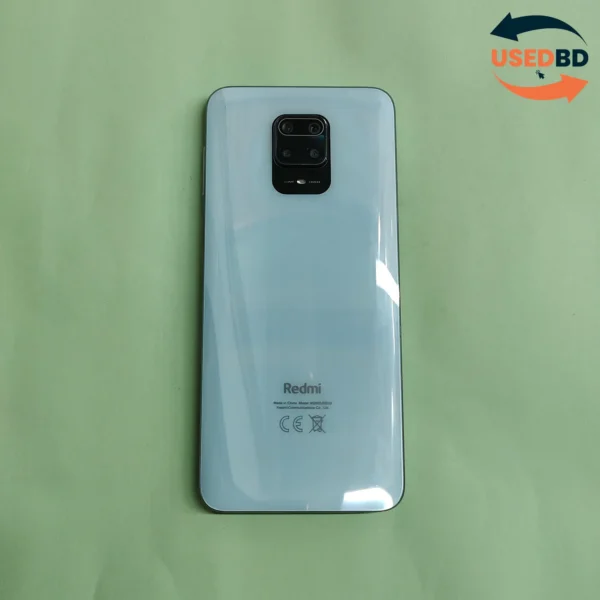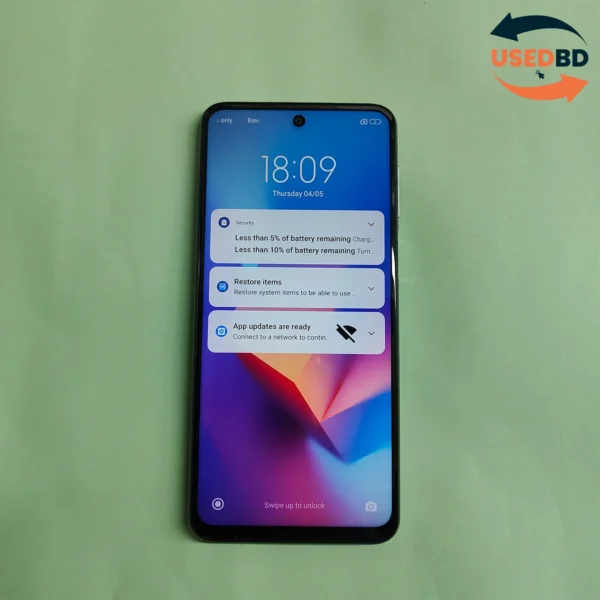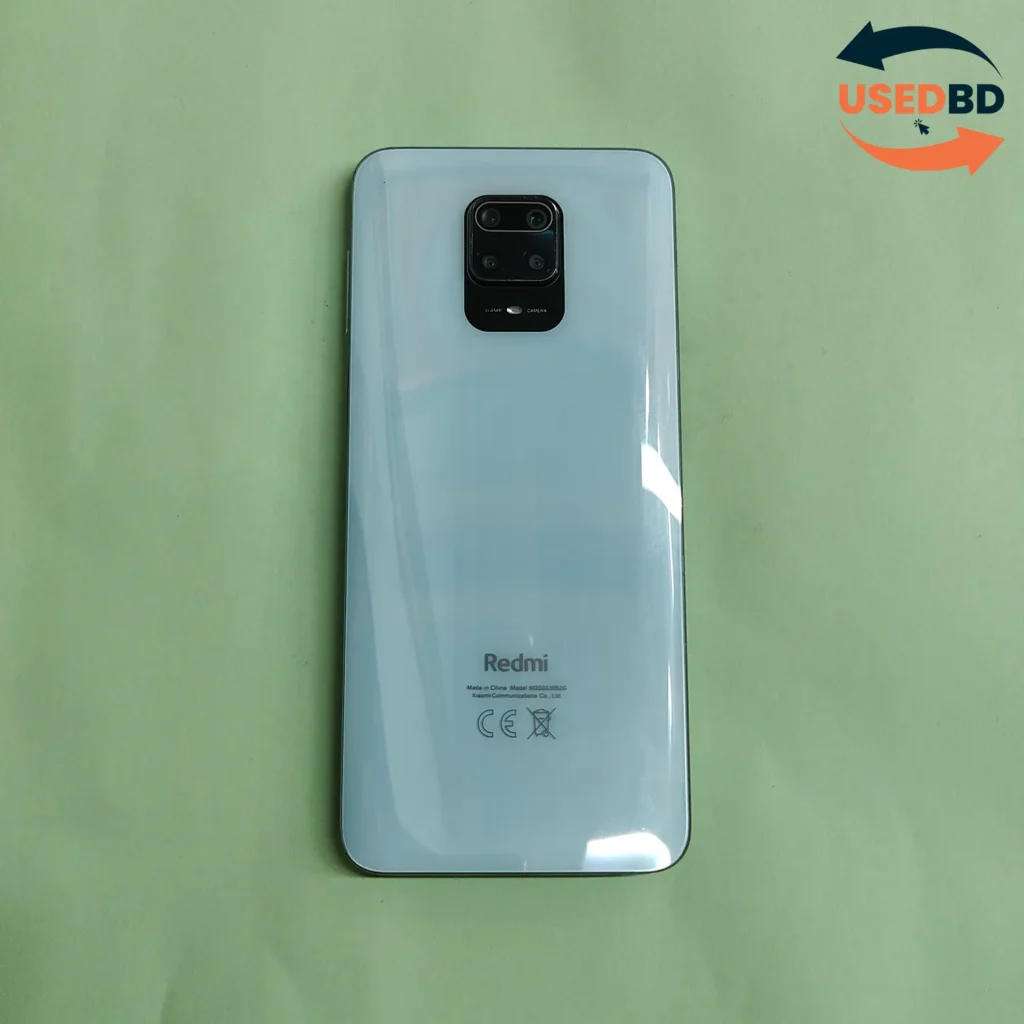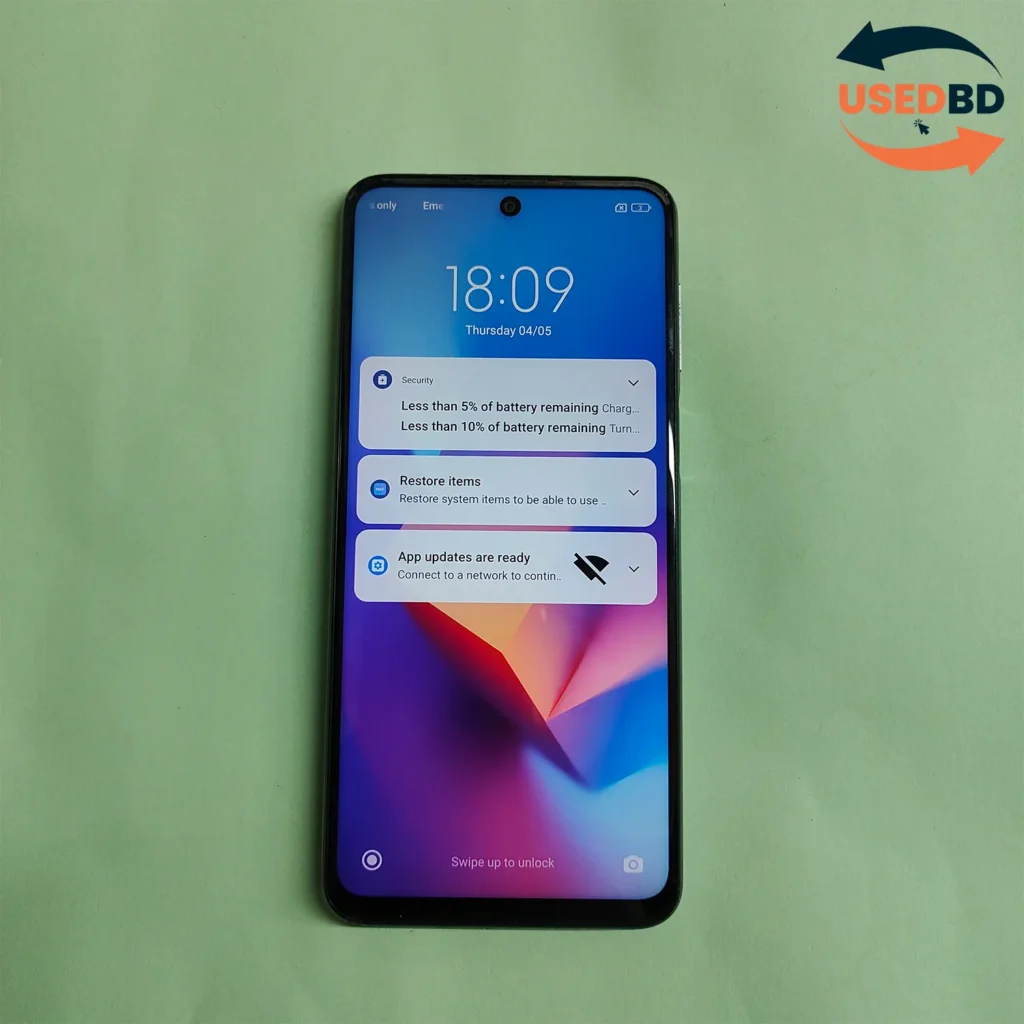US Numeric Size
Waist
US Denim Size
Hip
Chest


For More Information Please Contact In Our WhatsApp Number:
Flash Sale end in:
We want you to be happy with your purchase and we apologize if it is not. For whatever reason that you are not satisfied, we would be most happy to provide exchanges and returns for all items purchased from us if the following conditions are met.
All exchanges and returns would need to be raised within 10 days of the invoice date for Singaporeorders, and 20 days for overseas orders. For local deliveries, there is an option to exchange at any of our boutiques within Singaporeor through our online portal at www.company.com. All requests for returns however, would need to be strictly made online at www.company.com for both local and overseas deliveries.
All exchanges and returns would need to be raised within 10 days of the invoice date for Singaporeorders, and 20 days for overseas orders. For local deliveries, there is an option to exchange at any of our boutiques within Singaporeor through our online portal at www.company.com. All requests for returns however, would need to be strictly made online at www.company.com for both local and overseas deliveries.

Xiaomi Redmi Note 9 Pro 5G mobile was launched on 26th November 2020. The phone comes with a 6.67-inch touchscreen display offering a resolution of 1080×2400 pixels and an aspect ratio of 20:9. The display sports Gorilla Glass for protection. Xiaomi Redmi Note 9 Pro 5G is powered by a 1.8GHz octa-core Qualcomm Snapdragon 750G processor. It comes with 6GB of RAM. The Xiaomi Redmi Note 9 Pro 5G runs Android 10 and is powered by a 4820mAh battery. The Xiaomi Redmi Note 9 Pro 5G supports proprietary fast charging.
| Scratches | Fully Fresh |
| Warranty Status | 7 Days Replacement, 30 Days Parts Warranty (without Display) & 2 Years Service Warranty. |
| Accessories | With Adapter and Cable |
| Box | full |
| Dents | Low |
| Technology | GSM / HSPA / LTE |
| Display | IPS LCD |
| Size | 6.67 inches (16.94 cm) |
| Protection | Gorilla Glass |
| Storage | 128GB |
| RAM | 8GB |
| Chipset | Mediatek Dimensity 6300 |
| Primary Camera | 50 MP, f/1.8, Wide Angle (76° field-of-view), Primary Camera, 2 MP, f/2.4, Depth Camera |
| Front Camera | 8 MP, f/2.0, Wide Angle, Primary Camera |
| Video | 1080p@30fps |
| Battery | 5100 mAh |
| Charging | 45W wired, 50% in 30 min |


In the ever-competitive mid-range smartphone market, Xiaomi has consistently delivered devices that offer high value for money. One of its standout offerings is the Redmi Note 9 Pro, which strikes an excellent balance between performance, build quality, camera versatility, and battery life. Launched as part of the Redmi Note 9 series, this smartphone remains a relevant choice for users even years after its release, thanks to its powerful hardware and practical features.
In this comprehensive overview, we explore the Redmi Note 9 Pro’s specifications, performance, and user experience in full detail.
The Redmi Note 9 Pro sports a sleek and premium design that stands out in its category. With a glass front and back protected by Corning Gorilla Glass 5, it offers both durability and a sophisticated feel. The rear panel has a symmetrical layout, with the quad-camera setup placed in a square module at the center, giving the device a balanced appearance.
The phone measures 165.75 x 76.68 x 8.8 mm and weighs around 209 grams, making it slightly bulky but still manageable for one-handed use. The side-mounted fingerprint sensor doubles as the power button, placed conveniently for natural access.
Color options like Glacier White, Interstellar Grey, and Tropical Green further enhance its aesthetic appeal. Despite the plastic frame, the phone gives off a solid and sturdy impression, suitable for long-term use.
The Redmi Note 9 Pro is equipped with a 6.67-inch Full HD+ IPS LCD display, offering a resolution of 2400 x 1080 pixels. The screen supports a 20:9 aspect ratio and delivers a pixel density of approximately 395 PPI, ensuring crisp visuals and good detail.
Although it lacks an AMOLED panel, the display offers vibrant colors and decent contrast. The brightness levels are sufficient for indoor and outdoor use, and reading mode, night mode, and sunlight mode enhance the overall viewing comfort.
While some newer competitors boast high-refresh-rate screens, the standard 60Hz refresh rate on the Note 9 Pro still provides a smooth and responsive experience for most users.
Under the hood, the Redmi Note 9 Pro houses the Qualcomm Snapdragon 720G processor, a capable octa-core chipset based on the 8nm process. It includes two Kryo 465 Gold cores clocked at 2.3GHz and six Kryo 465 Silver cores running at 1.8GHz, paired with the Adreno 618 GPU.
This setup ensures a smooth multitasking experience, fast app launches, and reliable performance across the board. Games like PUBG Mobile and Call of Duty: Mobile run with ease on medium to high settings. Thermal management is decent, thanks to internal cooling optimization.
RAM and storage options include:
The storage uses the UFS 2.1 standard, offering better read/write speeds than traditional eMMC storage. A dedicated microSD card slot allows storage expansion up to 512GB, making it ideal for users who consume a lot of multimedia content.
The Redmi Note 9 Pro shines in photography with its quad-camera system:
The camera app includes multiple modes such as Night Mode, Pro Mode, AI Scene Detection, Panorama, HDR, and Slow Motion video at 120fps and 960fps.
On the front, the 16MP in-display selfie camera takes clear and vibrant photos, enhanced by AI beautification and portrait features. It also supports 1080p video recording, making it suitable for vlogging or video calls.
One of the Redmi Note 9 Pro’s strongest features is its 5020mAh battery, which easily supports a full day and more of moderate to heavy usage. Users can expect:
Fast charging is supported via the 30W wired fast charger, and Xiaomi includes a 33W charger in the box. Charging the device from 0% to 50% takes just about 30 minutes, and a full charge takes around 75 to 90 minutes, depending on usage during the process.
Out of the box, the Redmi Note 9 Pro runs on MIUI 11 based on Android 10, but it is upgradable to MIUI 14, offering users newer Android features and improved system optimizations.
The MIUI interface is rich in features such as:
Some pre-installed apps (bloatware) can be uninstalled or disabled. MIUI updates also regularly introduce security patches and enhancements.
The Redmi Note 9 Pro includes a solid set of connectivity features:
In terms of audio, the device has a single bottom-firing speaker, which delivers loud and clear output for media consumption. The hi-res audio certification ensures a good experience with wired headphones.
Security features include:
The device also has an IP52 splash resistance rating, which offers some protection against accidental splashes and dust exposure.
In today’s digital era, mobile phones are not just devices; they are essential tools for communication, work, entertainment, and even personal organization. Given the critical role they play, taking care of your smartphone is more important than ever. Proper care ensures longevity, optimal performance, and a better user experience. This guide outlines comprehensive and practical tips on how to maintain and use your phone daily, and concludes with insights into both the advantages and disadvantages of mobile phone usage.
Use a Protective Case and Screen Protector:
One of the first things every mobile phone owner should do is invest in a high-quality protective case and a screen protector. These accessories are not just aesthetic; they are crucial for physical protection. Cases can absorb shock from accidental drops, while tempered glass protectors can prevent cracks and scratches on your screen.
Keep It Clean:
Phones accumulate dirt, dust, and bacteria quickly because they are handled frequently. Clean your phone regularly with a microfiber cloth and a gentle cleaner. Avoid using water or harsh chemicals. For ports and speakers, use a soft brush or compressed air to remove debris without damaging the components.
Avoid Overcharging:
Leaving your phone plugged in overnight or constantly charging it can shorten battery lifespan. Try to keep your battery level between 20% and 80%. Modern smartphones come with battery optimization features; enable them to preserve battery health.
Manage Apps and Storage
Unnecessary apps and large files can slow down your phone and take up precious storage. Periodically go through your apps and media files, deleting those you no longer need. Use cloud storage or external backups for photos and videos.
Use Trusted Chargers:
Always use certified and compatible charging cables and adapters. Cheap, uncertified chargers can damage your battery or even pose safety hazards. Using original or high-quality third-party accessories is essential for your device’s health.
Keep Software Updated:
Mobile phone manufacturers release regular software updates to improve performance, fix bugs, and patch security vulnerabilities. Enable automatic updates or check manually to ensure your phone is always running the latest version of its OS and apps.
Avoid Extreme Temperatures:
Smartphones are sensitive to temperature changes. Exposure to excessive heat can damage the battery, while extreme cold can temporarily shorten battery life. Avoid leaving your phone in direct sunlight or inside a car on a hot day. Similarly, don’t use your phone in freezing conditions for extended periods.
Secure Your Device:
Use password protection, fingerprint recognition, or facial recognition to secure your phone. Additionally, install a reputable security app to guard against malware and theft. Always be cautious when downloading apps and avoid clicking on suspicious links.
Handle With Care:
Avoid placing your phone in your back pocket, as sitting down can exert pressure and cause bending. Also, be cautious when placing your phone on hard or uneven surfaces. Always handle your device with care to prevent mechanical damage.
Use Battery Saving Features:
Enable battery saver mode when your battery is low or when you won’t have access to a charger for a while. Reduce screen brightness, disable background data usage for unnecessary apps, and turn off location services when not needed.
Backup Data Regularly:
Your phone stores valuable data like contacts, messages, and personal files. Back up your data regularly to the cloud or a computer to avoid loss due to theft, damage, or malfunction. Most phones offer built-in backup solutions; take advantage of them.
Avoid Water and Moisture:
Even if your phone claims to be water-resistant, prolonged exposure to water or high humidity can be damaging. Avoid using your phone in the rain or while swimming. If it gets wet, dry it immediately and avoid using it until completely dry.
Turn Off When Not in Use:
Restarting your phone regularly helps clear temporary files and refresh system performance. Additionally, consider turning off your phone during extended periods of non-use, such as overnight or while attending long meetings.
1. Organize Your Home Screen and Settings: A cluttered home screen can slow you down. Organize your apps into folders and place frequently used ones on your main screen. Customize settings like notifications, Do Not Disturb mode, and shortcuts to suit your daily usage.
2. Optimize Connectivity Settings: Turn off Wi-Fi, Bluetooth, and GPS when not in use to save battery and reduce potential security risks. These features can be easily toggled on/off from your notification panel.
3. Monitor Device Health: Many phones come with built-in diagnostics or third-party apps that monitor device health, including battery condition, storage, and temperature. Use these tools to catch potential issues early.
4. Use Airplane Mode When Needed: If you’re in an area with weak signals, switch to airplane mode to save battery and prevent the phone from constantly searching for a network. This is also a good practice when charging your phone to speed up the process.
5. Practice Safe Browsing and Downloading: Be cautious about the websites you visit and the files you download. Avoid suspicious pop-ups, unknown sources, and insecure public Wi-Fi networks. These practices help prevent malware and phishing attacks.
6. Limit App Permissions: Check and manage app permissions regularly. Avoid granting unnecessary access to your location, contacts, camera, or microphone to apps that don’t need it. This not only preserves privacy but also conserves system resources.
7. Educate Yourself and Others: Stay updated on best practices for mobile phone care and share this knowledge with family and friends, especially children and elderly users who may be more prone to misuse.
In the modern digital world, smartphones are indispensable. Whether for communication, entertainment, navigation, or work, mobile phones have evolved into essential tools that shape the way we live. However, with great utility comes significant impact—both positive and negative. This comprehensive blog will delve into the advantages and disadvantages of smartphones, offering insights into their role in our daily lives. We will also provide practical examples, list helpful points, and include recommendations to encourage balanced and mindful usage.
1. Constant Connectivity:
Smartphones make it possible to stay connected at all times. Whether you’re on the go or across continents, communication is just a tap away. Messaging apps, video calls, and social media have transformed the way people maintain relationships.
2. Access to Information:
The internet is a treasure trove of knowledge, and smartphones provide instant access. From news updates to research articles, tutorials, and videos, learning is easier than ever. Students, professionals, and even hobbyists benefit from this real-time information access.
3. Improved Productivity:
Smartphones help streamline work processes. With apps for calendars, task lists, file sharing, and remote meetings, working from anywhere has become a reality. Time management tools and note-taking apps allow better organization and planning.
4. Entertainment at Your Fingertips:
Whether it’s streaming your favorite series, listening to music, playing games, or reading eBooks, smartphones are entertainment hubs. This is particularly helpful during commutes or while waiting in lines.
5. Navigation and Travel Assistance:
With GPS capabilities and apps like Google Maps, Waze, or Citymapper, navigating unfamiliar places is now hassle-free. Travelers can also access translation tools, book rides, and explore local attractions effortlessly.
6. Health Monitoring and Fitness Tracking:
Modern smartphones come equipped with health monitoring features and support fitness apps. They track steps, monitor heart rate, and even suggest workouts, promoting a healthier lifestyle.
7. Emergency and Safety:
Having a smartphone during emergencies can be life-saving. Features like location sharing, SOS calling, and access to emergency contacts make smartphones essential for personal safety.
8. Financial Transactions and Online Shopping:
Mobile banking, digital wallets, and e-commerce apps simplify transactions. People can pay bills, transfer money, and shop online with minimal effort.
—
1. Digital Addiction:
One of the most significant downsides is dependency. The addictive nature of smartphones, driven by social media and gaming, can lead to excessive screen time and decreased productivity.
2. Physical Health Concerns:
Prolonged use can cause eyestrain, sleep disorders due to blue light exposure, and postural issues like “tech neck.” Many users overlook these effects until they become serious.
3. Reduced Attention Span:
Notifications, pop-ups, and constant switching between apps contribute to reduced focus. It becomes harder to concentrate on tasks or hold extended conversations.
4. Data Privacy and Security Risks:
Smartphones store sensitive information, making them targets for hackers. Phishing scams, malware, and data breaches are constant threats. Users need to be cautious about app permissions and suspicious links.
5. Social Disconnection:
Ironically, while smartphones connect us digitally, they can distance us socially. Overuse often leads to neglecting face-to-face interactions and weakening real-world relationships.
6. Financial Costs:
High-end smartphones are expensive, and maintaining them involves recurring costs—such as data plans, subscriptions, and accessory purchases.
To balance the pros and cons, adopting a mindful approach to smartphone use is key. Here are some helpful tips:
| Pros | Cons |
|---|---|
| Instant Connectivity | Digital Addiction |
| Educational Tools | Eye and Sleep Strain |
| Productivity Apps | Privacy Risks |
| Navigation Help | Distraction |
| Emergency Access | Social Isolation |
| Fitness Monitoring | Financial Costs |
| Entertainment | Environmental Impact |
Discover budget-friendly, quality smartphones at UsedBD.com. Our carefully curated selection ensures reliability without compromising your wallet. Before Order, check our Terms & Conditions and Privacy Policies. Elevate your tech experience with us – where affordability meets excellence. Don’t be late, hurry up and grab your favorite smartphone. Visit UsedBD.com today. Limited stock, please call us for more inquires.

Reviews
There are no reviews yet